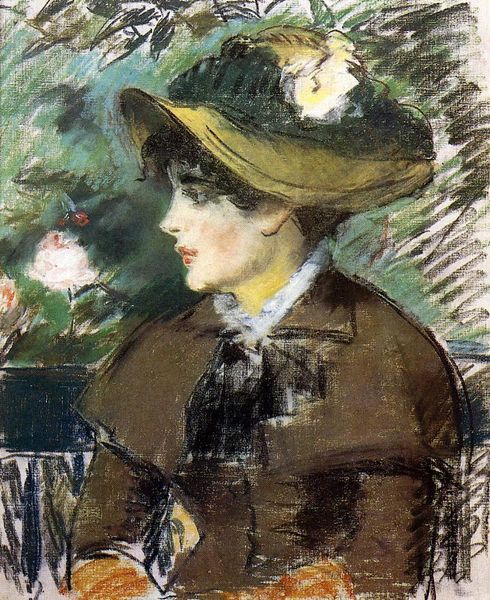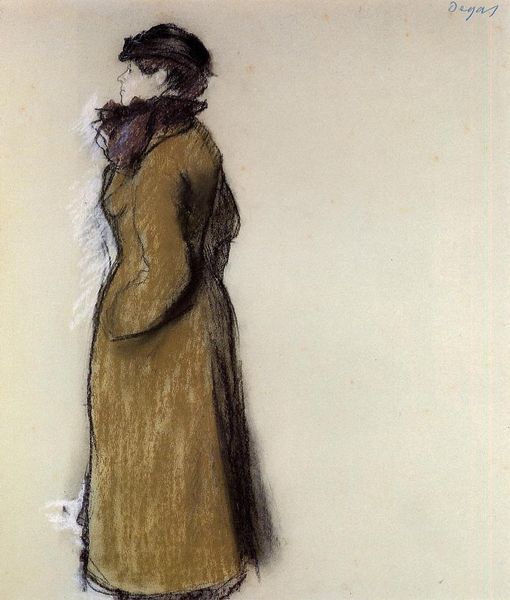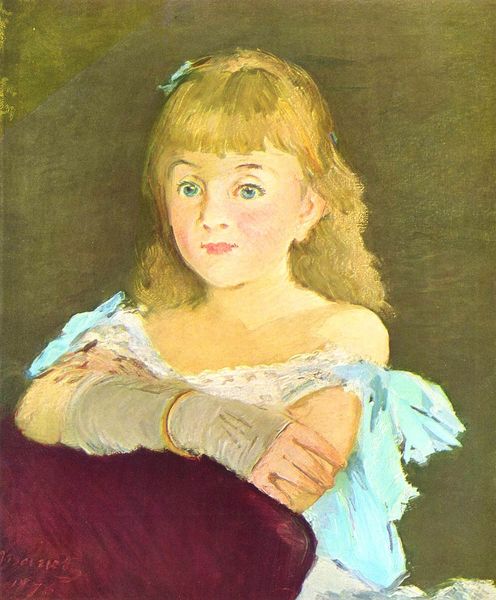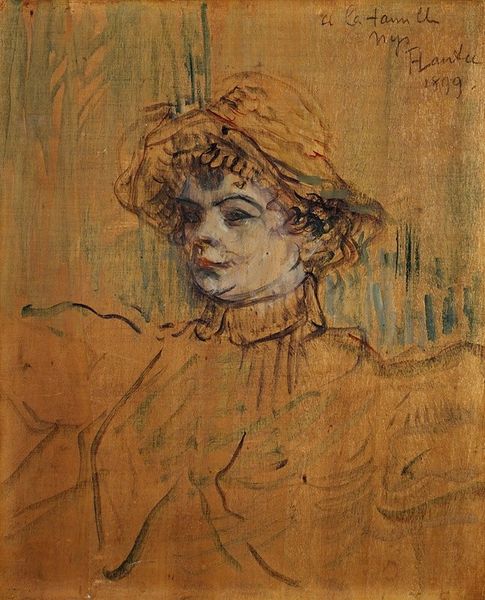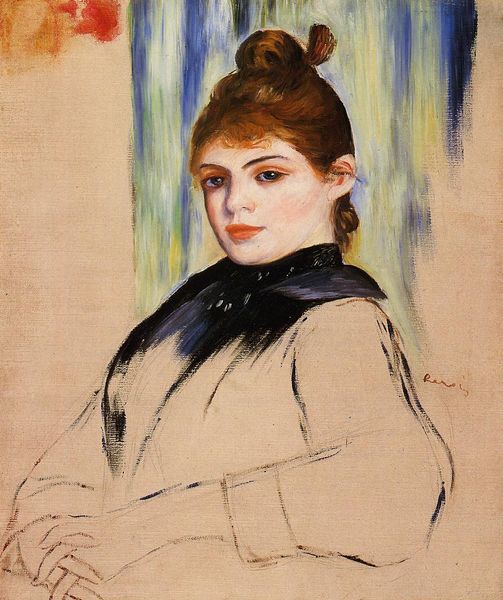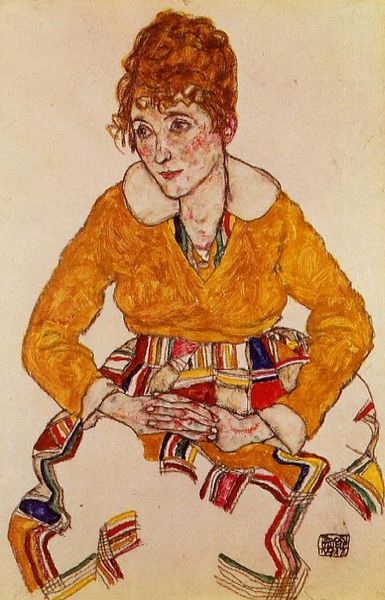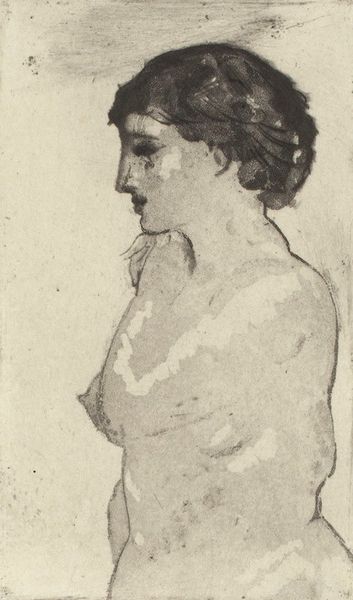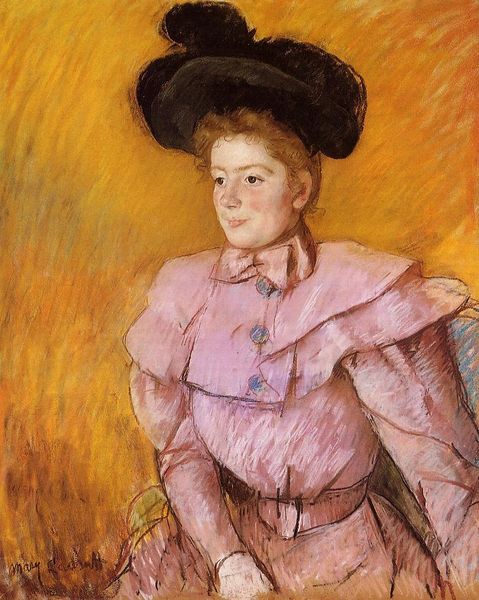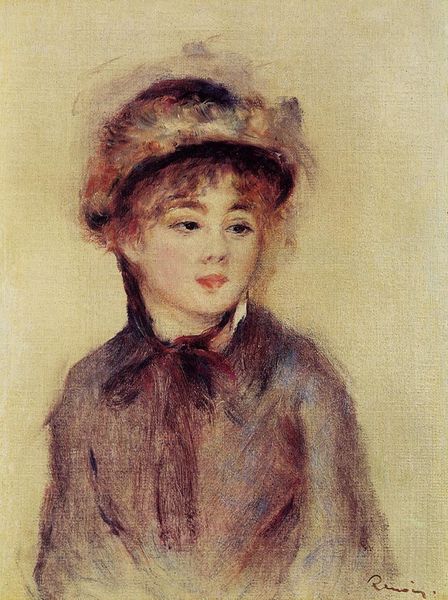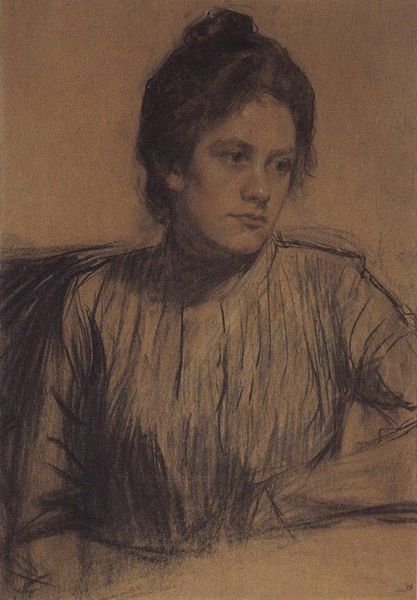
drawing, paper, pencil
#
portrait
#
drawing
#
self-portrait
#
paper
#
pencil
#
expressionism
Copyright: Public domain
Editor: We're looking at Egon Schiele's 1918 "Portrait of Edith Schiele," a pencil drawing on paper, currently in a private collection. It strikes me as…incomplete, somehow. Raw, even. What jumps out at you? Curator: Raw is a great word for it. Schiele's lines always feel so intensely personal, almost as if he's sketching out not just the *image* of Edith, but the *feeling* of her. See how the lines defining her hands are almost frantic? He’s digging into the emotional reality as much as the visual. Doesn’t it feel a bit like he’s trying to capture something fleeting, as if she might vanish at any moment? Editor: Definitely! And her eyes... they seem both present and distant. Was this style common for portraits during the Expressionist movement? Curator: It’s classic Schiele, and by extension, Expressionism. The focus is shifted from mere representation to emotional evocation. A formal society portrait this isn't, is it? Think of it as emotional archaeology, digging beneath the surface of politeness and convention. Look at the almost childlike rendering of her hair! It feels deliberate, pushing back against idealized beauty. Editor: I see what you mean. It’s like he’s stripping away artifice. It is interesting he used pencils on paper to do that. Curator: Exactly! The simplicity of the medium reinforces the rawness. It’s intimate, immediate… vulnerable, even. In Expressionism, Schiele found a mode that laid bare the fragility of the human condition through his drawings, capturing not only form, but a deeply internalized experience. It also speaks of the historical context, Vienna in 1918 during a pandemic. Maybe that urgency of capturing, quickly, before it's too late? Editor: Wow, that changes my whole perspective. The "incompleteness" I saw before now feels more like a conscious choice, a powerful statement. Curator: Right? It invites *us* to complete the picture, to fill in the emotional gaps. Editor: That’s definitely something I'll keep in mind. Thanks!
Comments
No comments
Be the first to comment and join the conversation on the ultimate creative platform.


